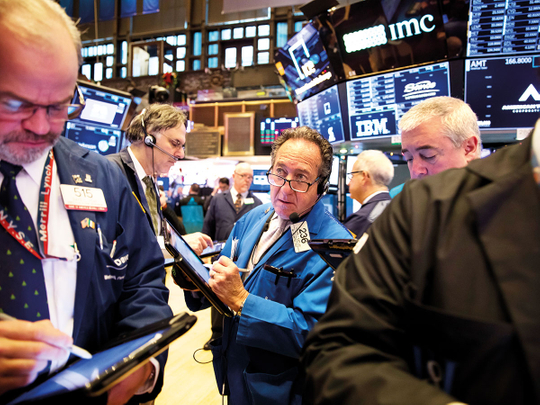
Washington: US inflation accelerated to a fresh 40-year high in May, a sign that price pressures are becoming entrenched in the economy. That will likely push the Federal Reserve to extend an aggressive series of interest-rate hikes and adds to political problems for the White House and Democrats.
The consumer price index increased 8.6 per cent from a year earlier in a broad-based advance, Labor Department data showed Friday. The widely followed inflation gauge rose 1 per cent from a month earlier, topping all estimates. Shelter, food and gas were the largest contributors.
The so-called core CPI, which strips out the more volatile food and energy components, rose 0.6 per cent from the prior month and 6 per cent from a year ago, also above forecasts.
The figures dash any hope that inflation had already peaked and was starting to ebb. Record gasoline prices, paired with unrelenting food and shelter costs, are adding strain to Americans’ cost of living, suggesting the Fed will have to pump the brakes on the economy even harder. That raises the risk of a recession, which some economists already saw as likely next year.
“There’s little respite from four-decade high inflation until energy and food costs simmer down and excess demand pressures abate in response to tighter monetary policy,” Sal Guatieri, senior economist at BMO Capital Markets, said in a note. “The Fed might still raise policy rates ‘just’ 50 bps next week, but it could easily ratchet up the pace beyond then if inflation keeps surprising to the high side.”
Market jitters
Two-year Treasury yields jumped, stocks opened lower and the dollar rose. Traders fully priced in three 50-basis-point rate hikes over the Fed’s next three policy meetings in June, July and September.
In May, prices for necessities continued to rise at double-digit paces. Energy prices climbed 34.6 per cent from a year earlier, the most since 2005, including a nearly 49 per cent jump in gasoline costs. Gas prices so far in June have climbed to new highs, signaling more upward pressure in coming CPI reports and therefore keeping the Fed in the hot seat.
Grocery prices rose 11.9 per cent annually, the most since 1979, while electricity increased 12 per cent, the most since August 2006. Rent of primary of residence climbed 5.2 per cent from a year earlier, the most since 1987.
There are growing risks that price pressures in those categories will continue to build. Russia’s ongoing war in Ukraine, as well as stepped-up related sanctions; potential port disruption due to the upcoming West Coast dockworker contract expiration; Covid-related lockdowns in China and drought and could all contribute to higher prices for food and energy.
“Tighter monetary policy will not help much with surging global commodity prices or structural changes in the way people spend and live in the post-pandemic economy,” Wells Fargo & Co. economists Sarah House and Michael Pugliese said in a note.








